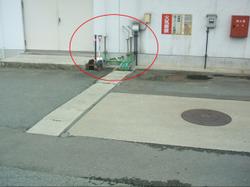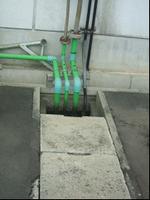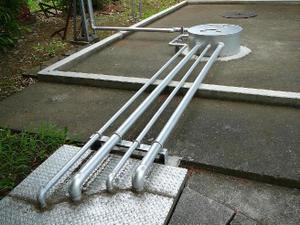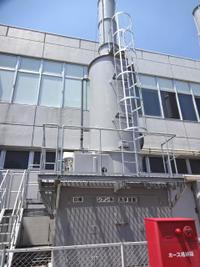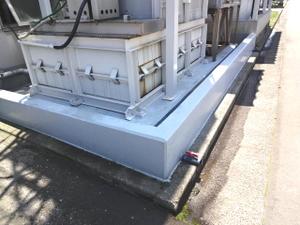Environmental Report 2017
Reducing Environmental Risks
Addressing the Fluorocarbons Act
At the JAE Group, in addition to general air-conditioning and refrigeration equipment, about 1,400 pieces of equipment, such as oil coolers for production facilities, and test equipment including thermostat and hydrostat chambers used for product assessment, are subject to Japan’s Fluorocarbons Act. We have established and administer procedures for monitoring, inspecting, recording, and calculating the total leakage volume of all relevant equipment that we use. In fiscal 2016, we completed simple inspections and regular inspections of all relevant equipment and confirmed that fluorocarbon process control documentation was properly administered for the disposed equipment. In addition, the calculated leakage volumes of fluorocarbon at each site were substantially lower than the 1,000-ton amount (CO2 equivalent) required for reporting. All equipment that uses fluorocarbons is subject to inspection, and as such, together with countermeasures to global warming caused by fluorocarbons leakage, JAE’s response is also linked to the early detection of diminished energy efficiency caused by abnormalities or breakdowns in equipment.Discontinuation of HCFC (R22, etc.) production
The production of gas classified as HCFC (hydrochlorofluorocarbons), such as R22 among freon gas, will be discontinued at the end of 2019. Equipment that uses HCFC as a refrigerant may continue to use it, but because HCFC that are used for replenishment are limited to that which has been recovered from discarded equipment and reused, they may be difficult to obtain. The JAE Group uses a large amount of equipment that utilizes HCFC and is switching to equipment that uses other refrigerants.Prevention of Soil and Groundwater Pollution
The discovery of soil and groundwater contaminated with hazardous substances is on the rise in Japan due to the redevelopment of former plant sites and voluntary surveys. Since countermeasures after contamination has already occurred take a vast amount of time and money, this is gaining recognition every year as a massive social problem, and related laws and regulations are being put in place.The JAE Group conducts risk assessments of its facilities that handle toxic substances and those associated with fuel oil, and takes countermeasures to prevent contamination, such as by double-walling underground storage facilities and pipes. This section introduces several activities to prevent contamination.
| 2010年: | JAE assessed risk of leakage and seepage into the soil with regard to its facilities that handle toxic substances and fuel oil-related facilities, then began to raise its underground pipes, installing them above ground (Japan Aviation Electronics Industry, Ltd., Akishima Plant) |
| 2013年: | The JAE Group commenced inspections with regard to the aging and useful lifespan of environment-related equipment and at facilities designated for storage of toxic substances, and regularly replaces the main valves on collateral pipes and other parts at proper intervals so as to reduce the risk of leakage. (Japan Aviation Electronics Industry, Ltd., Akishima Plant) |
| 2014年: | The above-ground installation of pipes, that had run underground, for toxic substances and those related to fuel oil, which had been assessed as high risk, was completed. Accompanying equipment upgrades to clean emissions generated in the plating process, the wastewater cleaning process tower's retainer walls were recoated. (JAE Hirosaki, Ltd.) |
| 2015年: | In order to construct the Comprehensive Assessment and Testing Building, the former plant was demolished. Soil testing confirmed that there was no contamination. (Japan Aviation Electronics Industry, Ltd., Akishima Plant, former site of No. 4 plant) |
